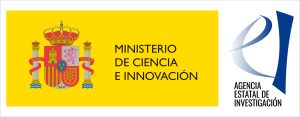Are promotional strategies a barrier to reducing greenhouse gas emissions from meat products?
 WHAT IS SUSPROMO?
WHAT IS SUSPROMO?
The SUSPROMO project aims to analyse the response of society as a whole to sales promotions, in order to evaluate the impact of these promotions on the consumption of products, in this case, meat.
WHY?
The analysis aims to answer questions such as to what extent do the promotional tools applied in the meat food category contribute to social welfare and more sustainable consumption patterns? Through the realization of the SUSPROMO project, we seek not only to know how promotions affect different users, but also to know what marketing strategies can stimulate greenhouse gas (GHG) emissions.
METHODOLOGY
In addition, their responsiveness to retailers’ promotions compared to other consumers’ segments will be highlighted.
SUSPROMO will identify the market shares of points of purchase, purchase tickets (budget, number of items, etc.) and the relative importance of private and production labels. It will also analyze the attributes that older people take into account when buying and the relative importance of price promotions, with a specific focus on meat consumption.
DURATION
June 1, 2020 – May 31, 2023
The SUSPROMO project, with reference PID2019-111716RB-I00, has received funding from the Ministry of Science and Innovation and the State Research Agency (10.13039/501100011033).
SUSPROMO (PID2019-111716RB-I00) funded by:

THE ROLE OF CREDA
TASK
CREDA will assess the willingness of stakeholders in the value-added chain of poultry and swine production to adopt the use of insect meal as sustainable feeding alternatives in the near future if adopted by European Union regulations.
COMMUNICATION AND DISSEMINATION
PEOPLE
Principal researcher

Zein Kallas Calot
Team

Wafa Mehaba

Nada Kajad

José M. Gil Roig





